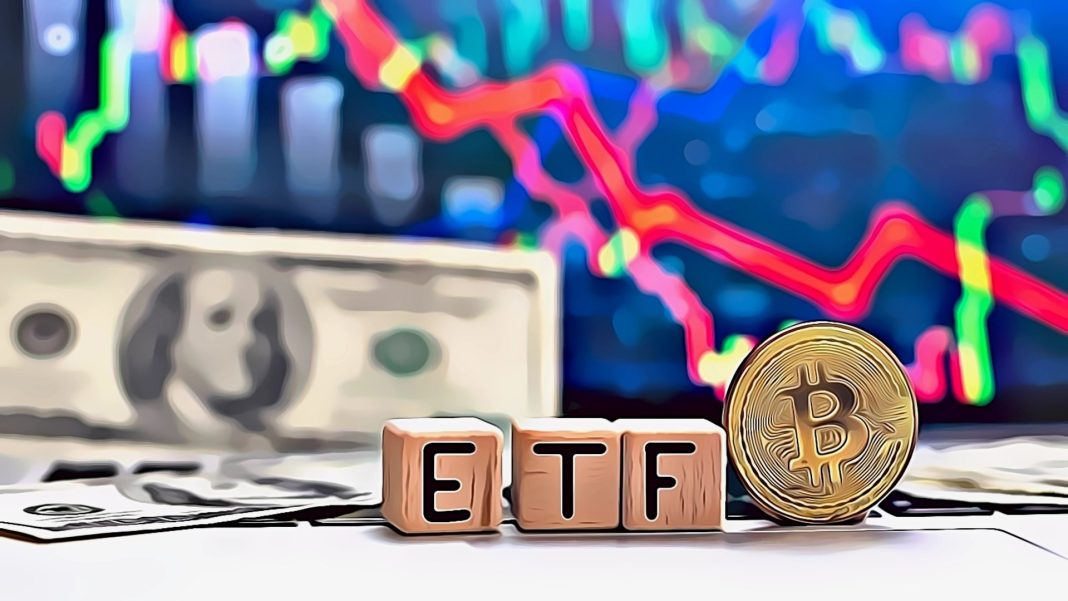As the cryptocurrency market continues to evolve, the influence of exchange-traded funds (ETFs) on Bitcoin’s price and availability has become a focal point for traders.
With ETFs gaining significant purchasing power, some experts predict that their impact may overshadow the traditional supply squeeze effect of Bitcoin’s impending halving.
Traders are now faced with the challenge of balancing historical trends related to halvings with the emerging influence of ETFs in today’s market. Understanding how these factors intersect is crucial for making informed decisions and navigating the evolving landscape of Bitcoin trading.
With the #Bitcoin halving about 30 days away, our latest article examines its implications for directional traders, particularly considering its interplay with the new market dynamics introduced by the ETFs. 👇https://t.co/YoJfKVScXR
— glassnode (@glassnode) March 21, 2024
One key indicator to monitor is the Long-Term Holder Market Inflation Rate, which reflects the actions of long-term holders (LTHs) and their impact on market dynamics.
The decisions made by LTHs, whether to sell or hold their Bitcoin holdings, can significantly influence market sentiment and liquidity.
Bitcoin ETF Net Inflow And Outflow Record
Recent data on Bitcoin ETF net inflows provides valuable insights into market trends. For instance, the net inflow of BTC ETFs for March 21, 2024, was recorded at -$94 million.
This marks the fourth consecutive trading day of negative net inflows, a streak not seen since January 25. However, there are indications that the outflow rate is beginning to slow down, suggesting potential shifts in market sentiment.
🚨 $BTC #ETF Net Inflow Mar 21, 2024: -$94M!
• The net inflow has been negative for 4 consecutive trading days, a streak that has not been observed since Jan 25.
• The outflow rate, however, appears to be slowing down.
• The cumulative total net inflow after 49 trading days… https://t.co/mu9neymlpB pic.twitter.com/xiB84yF2WL
— Spot On Chain (@spotonchain) March 22, 2024
Overall, the cumulative total net inflow of BTC ETFs after 49 trading days now stands at $11.32 billion. This data underscores the growing significance of ETFs in the cryptocurrency market and highlights the need for traders to adapt their strategies accordingly.
As we enter a phase where LTH actions play a pivotal role in shaping Bitcoin’s supply dynamics, traders must remain vigilant and proactive in monitoring market indicators to stay ahead of emerging trends and opportunities.
Disclosure: This is not trading or investment advice. Always do your research before buying any cryptocurrency or investing in any services.
Follow us on Twitter @nulltxnews to stay updated with the latest Crypto, NFT, AI, Cybersecurity, Distributed Computing, and Metaverse news!
Image Source: sinenkiy/123RF // Image Effects by Colorcinch




